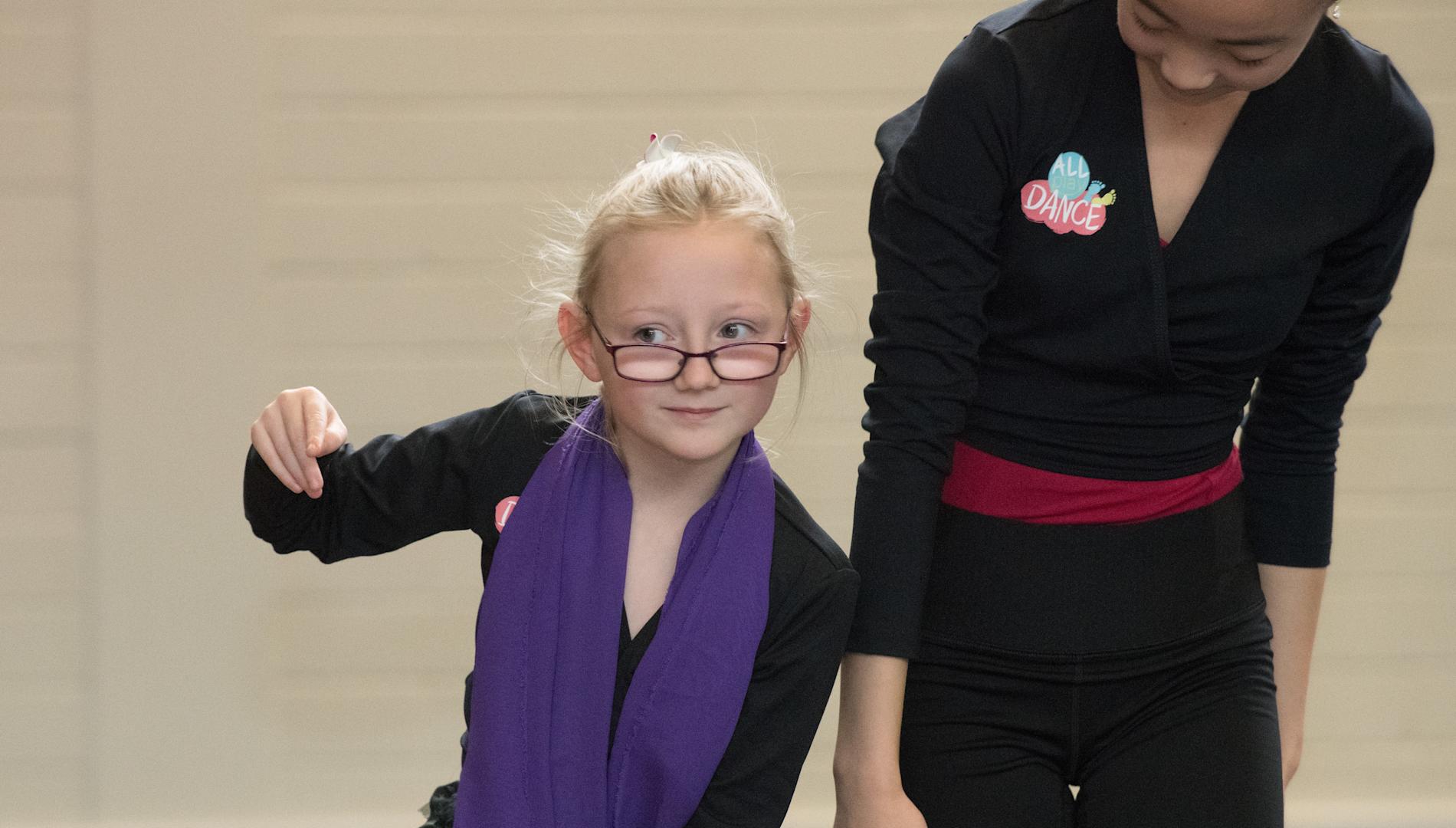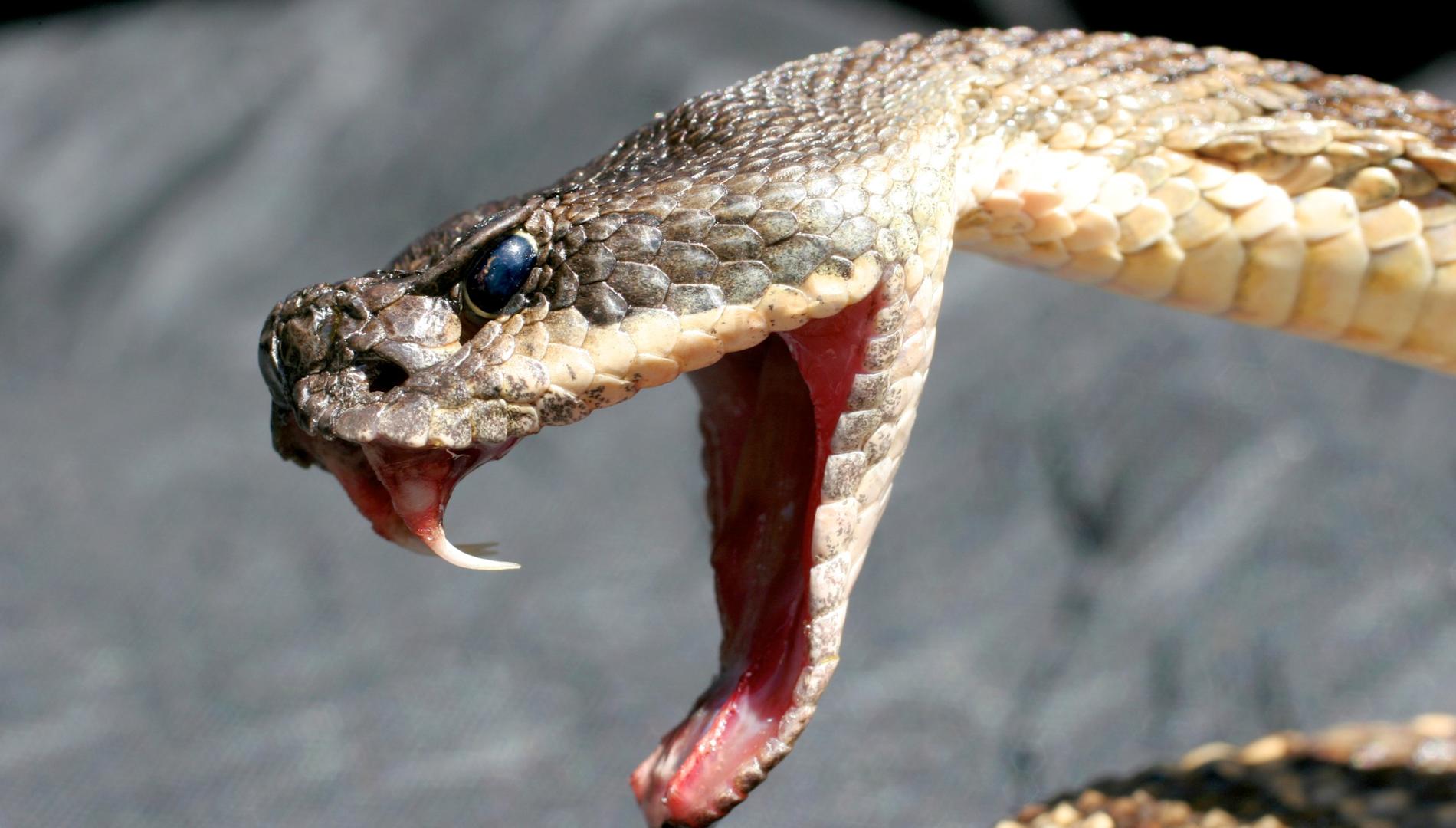Australia loses female talent at every stage of the STEMM pipeline, despite no innate cognitive gender differences. As we prepare to acknowledge International Women’s Day, we spoke with Monash Associate Professor Dr Kate Hoy and asked her how others can buck the trend and forge careers in STEMM.
Forty per cent of junior STEMM academics are female, but only 17 per cent become STEMM professors. Describe your career trajectory and how you defied the odds to rise to be a leader in your field?
I graduated from the Doctorate of Clinical Neuropsychology at Monash in 2007 and have worked in clinical brain stimulation research since then, establishing a program of research around the development of novel biological treatments for cognitive disorders. I currently head the Cognitive Therapeutics Research Program at MAPrc [Monash Alfred Psychiatry Research Centre], having been promoted to associate professor in 2016.
I'm very fortunate to have been really well-supported throughout my career. We cannot underestimate the impact that champions and mentors can have on the trajectory of people’s careers. For me it was things like having a supervisor/mentor who actively cared about my career progression, having people to put me forward for opportunities where I could increase my profile in my field, and being encouraged and supported to go for promotion by both my peers and senior colleagues. I'm acutely aware, however, that my experience is far removed from that of many others. This is one of the reasons I strive to "pay it forward", and mentoring/championing others has become one of the most rewarding (and enjoyable) things that I get to do.

Two thirds of children aged nine to 11 draw a man when asked to draw a scientist. Is it true that "you can’t be what you can’t see"? How important are relatable role models?
It's at least true that it can be much harder to "be what you can't see". When I was younger I didn’t have any visible female scientist role models, and it wasn't a career that I had even considered until about halfway through my undergraduate degree. But recently my nine-year-old niece has started to say that she wants to be a "brain scientist like Auntie Katie". Whether she ends up pursuing science or not, the fact that she wants to at age nine gives me a lot of faith in the power of visible role models. So we need more of them!
STEMM’s leaky pipeline—the cumulative attrition of women from STEMM careers—is proving stubborn to mend. Aside from role models, how else do we enable more females working in STEMM?
It's a complex issue that can't be boiled down to one or two antecedents. There are myriad circumstances and biases that exist that contribute to women leaving, or not progressing in, STEMM careers. Fundamentally, this has to be viewed as a problem for the entire profession, not just as a "women's issue". Initiatives like the SAGE pilot program, which requires institutions to adopt a data-driven approach to identifying the problems and implementing solutions, will be essential in improving the representation and experience of women at all levels in STEMM.
Read more: Celebrating women in STEM
We all have the best intentions of giving back or "paying it forward'; however, mentoring can seem daunting and feel like a significant time commitment. What's your advice to fellow professionals considering becoming a mentor?
I think there needs to be a shift in this type of thinking when it comes to mentoring. Mentoring shouldn't be seen as an "add-on" to our workload, something that we should be doing if we have the time and energy. It's a fundamental responsibility of the profession and a key part of our jobs, particularly for senior academics. It's also one of the most rewarding things we get to do! It's important, however, to ensure that we're effective as mentors, and to do that we need to seek out opportunities to improve our mentoring skills through things like formal training courses.
Mentoring shouldn't be seen as an "add-on" to our workload, something that we should be doing if we have the time and energy. It's a fundamental responsibility of the profession and a key part of our jobs, particularly for senior academics.
Turning to your research, in 2016 dementia was the leading cause of death among Australian women, surpassing heart disease. And without a medical breakthrough, the number of people with dementia is expected to increase to 536,164 by 2025, and about 1,100,890 by 2056. Can you describe the clinical trials you're conducting and how they're improving cognition in patients with Alzheimer's.
During my clinical neuropsychology training I became increasingly frustrated with the lack of effective treatments for the patients I saw, particularly for those dealing with the devastating consequences of dementia. It was this experience that inspired me to focus on research and drove the direction of my research career – investigating novel biological approaches for treating disorders of cognition. Our approach to dementia revolves around focusing more on the changes in the way that neurones "talk to each other" as a result of the pathology of the illness, rather than the pathology itself. So we're using a type of brain stimulation called transcranial magnetic stimulation to enhance the communication of neurones through the brain areas impacted by Alzheimer's disease. We're conducting a randomised controlled trial of this technique in patients with mild to moderate Alzheimer's, with the pilot data showing some promising early signs, but there's a ways to go until we complete the trial.
You spoke at the Monash International Women's Day event at Robert Blackwood Hall on Thursday, 8 March 2018, and again as the Monash speaker at the Women in STEMM side-by-side, 22 March. Tell us about these events and programs, and why they're so important.
I was invited to speak at the launch of the Women in STEM side-by-side program by the program organisers, including Dr Rowan Brookes. It’s an eight-month program of workshops and networking opportunities aimed at providing women at different career stages with the skills and support they need for their careers. This is a really important initiative – we're encouraging women into STEM careers, asking them to be role models, mentors, champions and leaders, so it's imperative that we also provide them with the knowledge and support that will allow them to do this.
I think International Women's Day is a really powerful platform globally, driving action for gender parity while celebrating the social, cultural, economic and political achievements of women. I'm delighted to be on a panel with three other accomplished female leaders from Monash, celebrating the achievements and hearing their insights and strategies for pressing for progress in their own careers and beyond.
More information on STEM side-by-side program
To mark International Women’s Day, Monash Lens ran a series of articles highlighting the influence Monash women are having in their fields.






